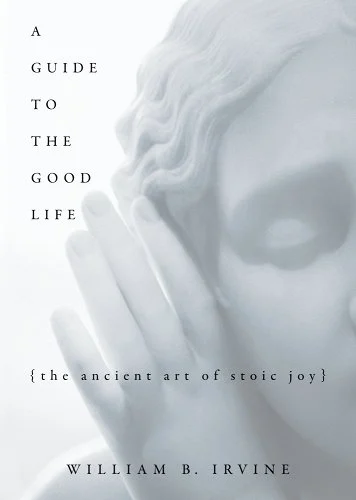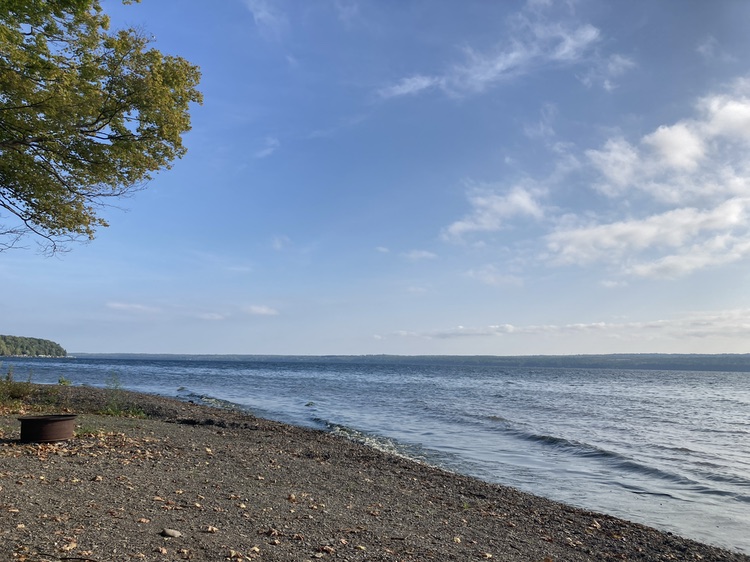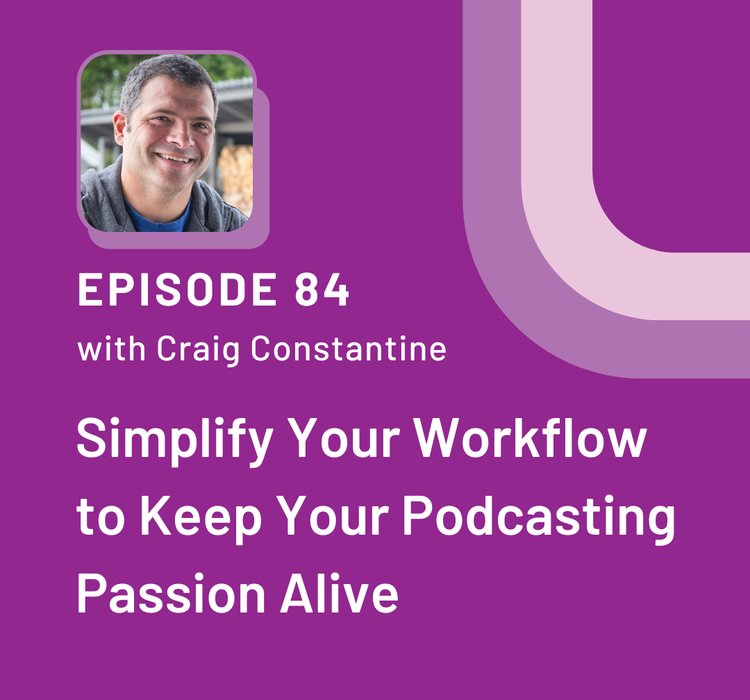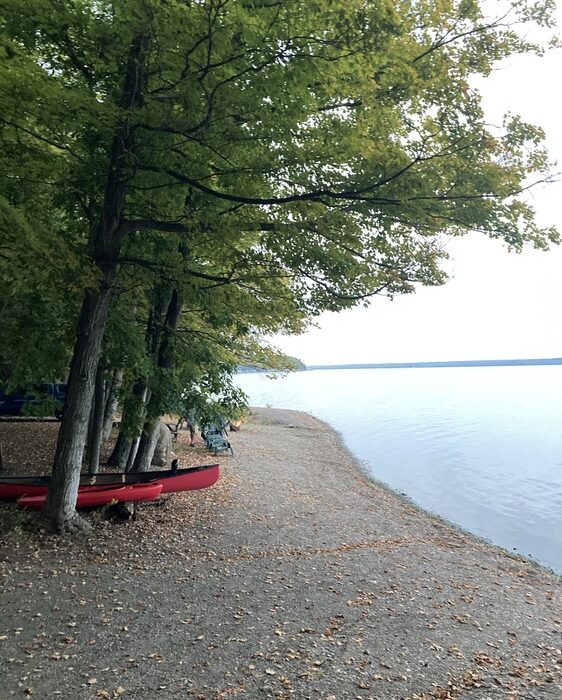Seriously? A whole day each week without work? Sitting in the orientation that day, I could not imagine pulling it off. I had spent a decade of my professional life running from event to event, fighting for the time to read and write and reflect.
~ Brenton Dickieson, from sabbath unplugged
slip:4uaisa1.
Therein lies much wisdom. Go readeth thou shall.
I’d like to suggest a layer of nuance be added: One can only achieve a certain “width” of change for that one day each week. You cannot have a completely relaxed day if the other six are maximally frenetic. If you live with the chaos and noise turned up to 11, you cannot turn it down to 2 on a particular day. By “width” I mean you can really only turn it down somewhat; If you’re normally living at an 11, you can only expect to get down to, perhaps, a 7 on your sabbath. If you really want to have a relaxing day of rest, that’s probably down around like a zero on the chaos and noise knob.
So, Sabbath? Certainly. And work regularly—every day—to turn that chaos and noise knob. Live life at 2, and then your day off can be a sublime zero of rest and recovery.
ɕ



